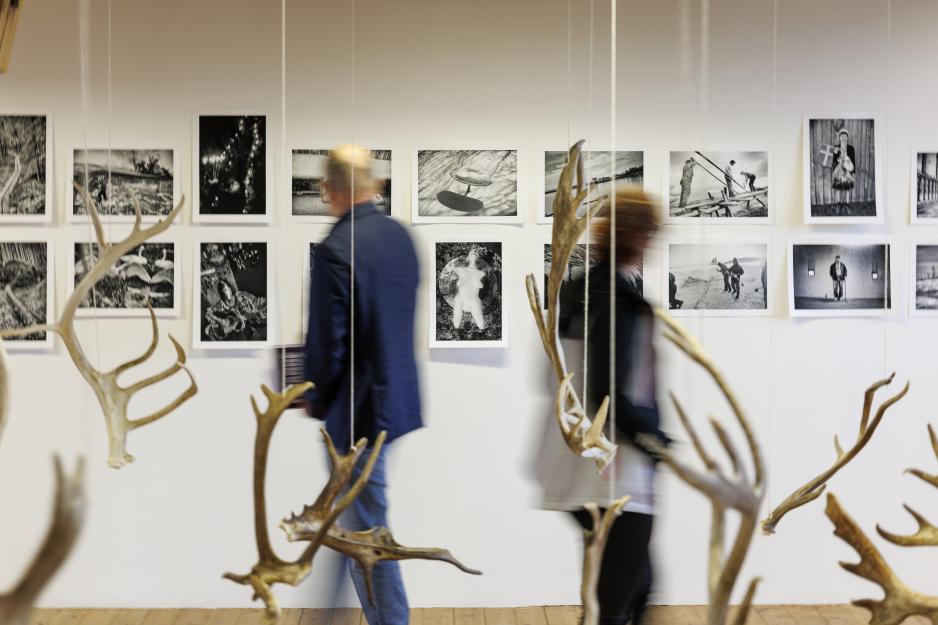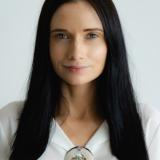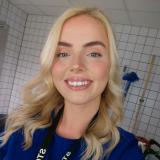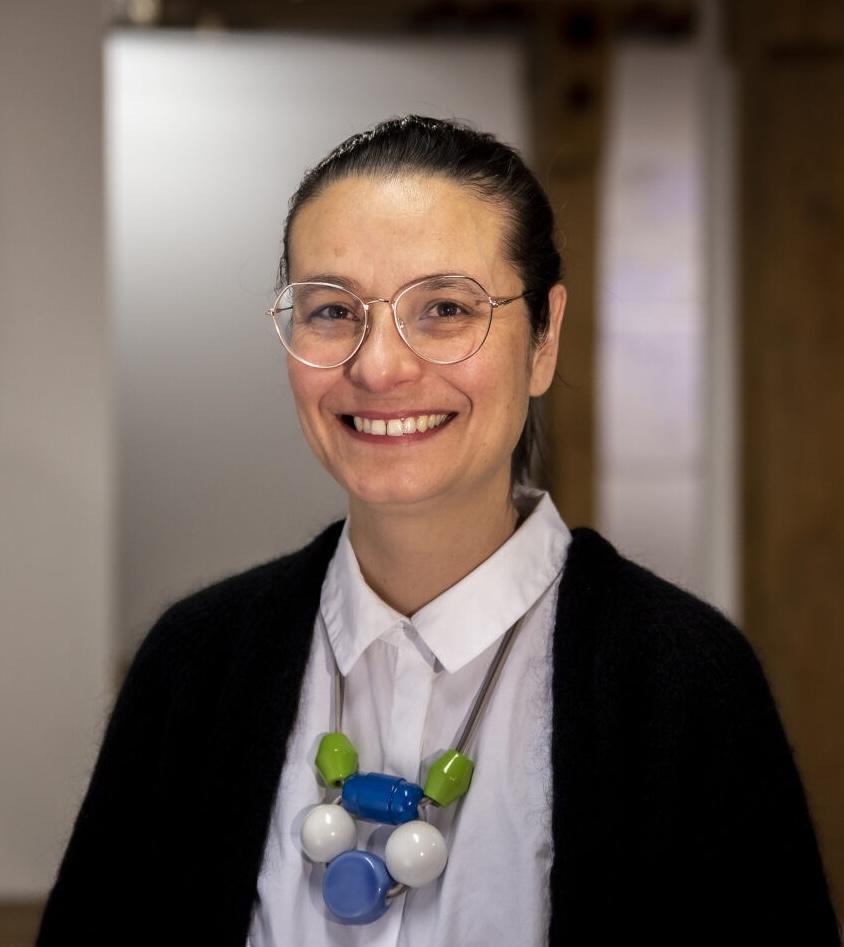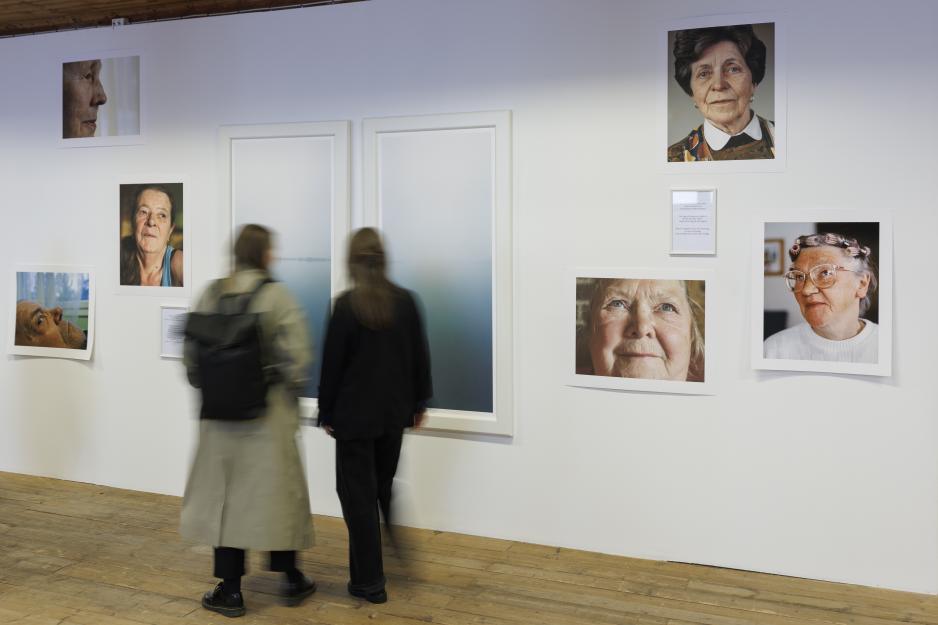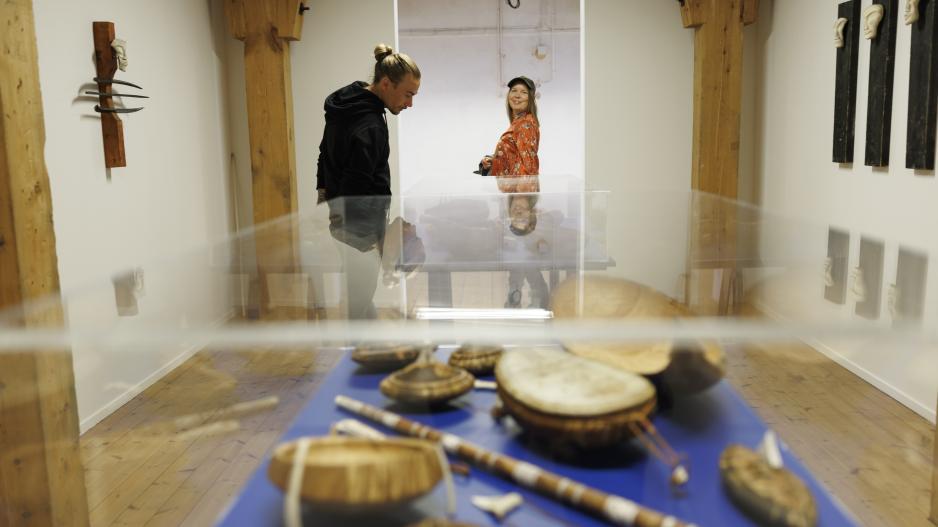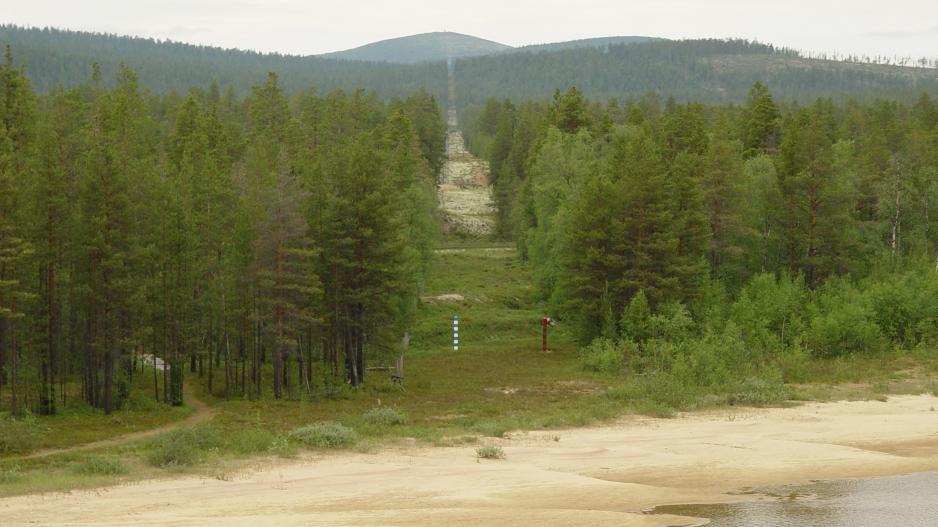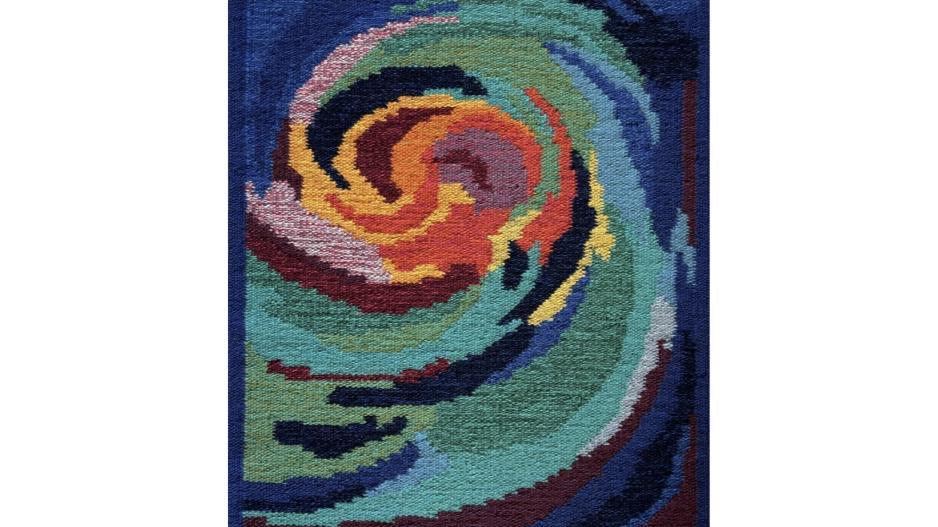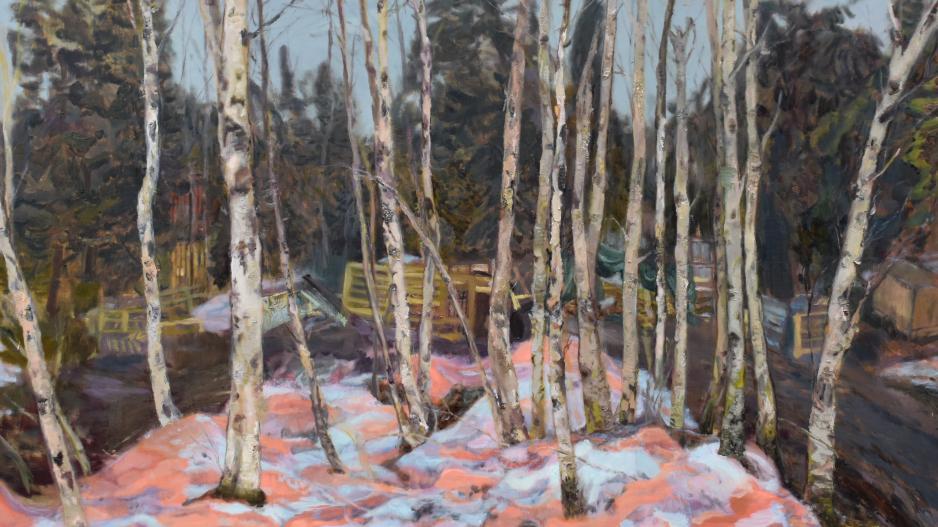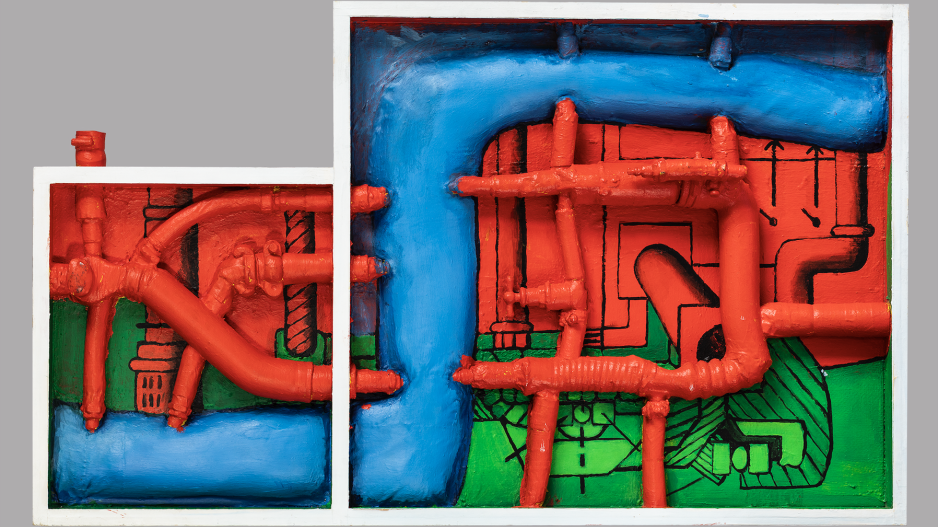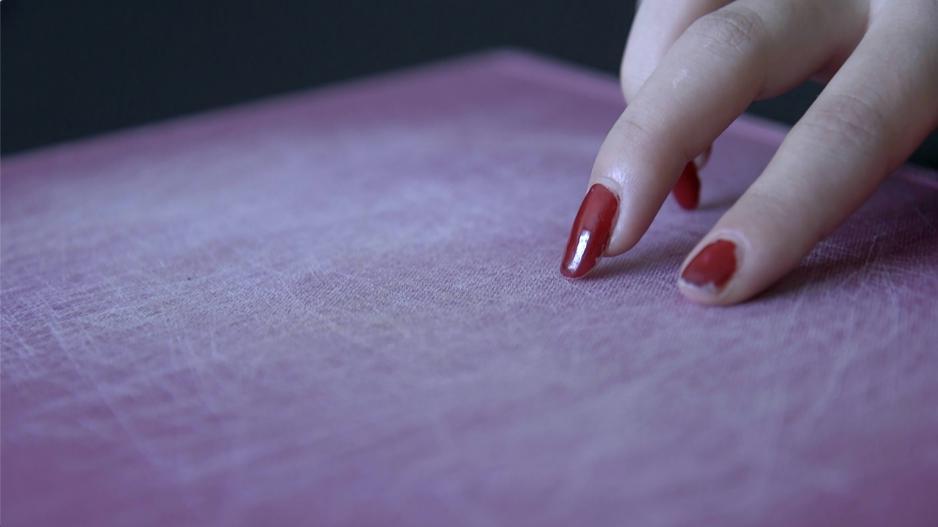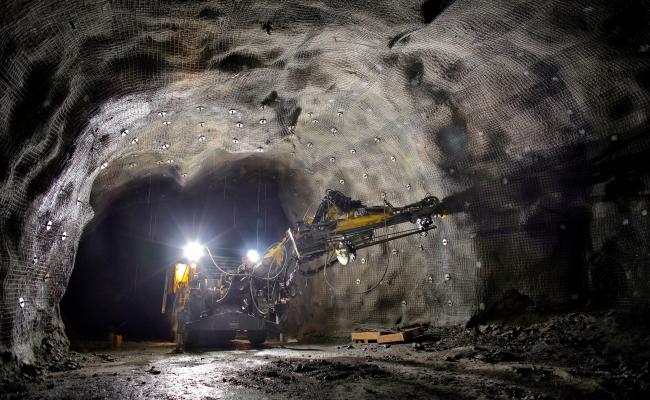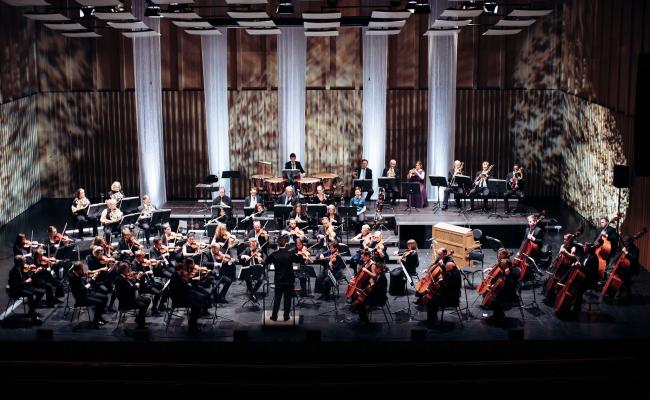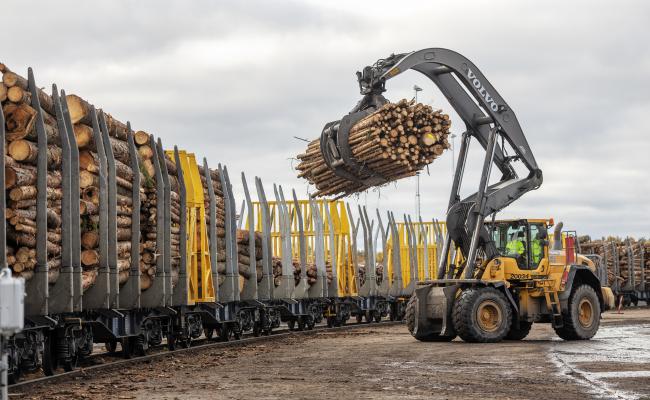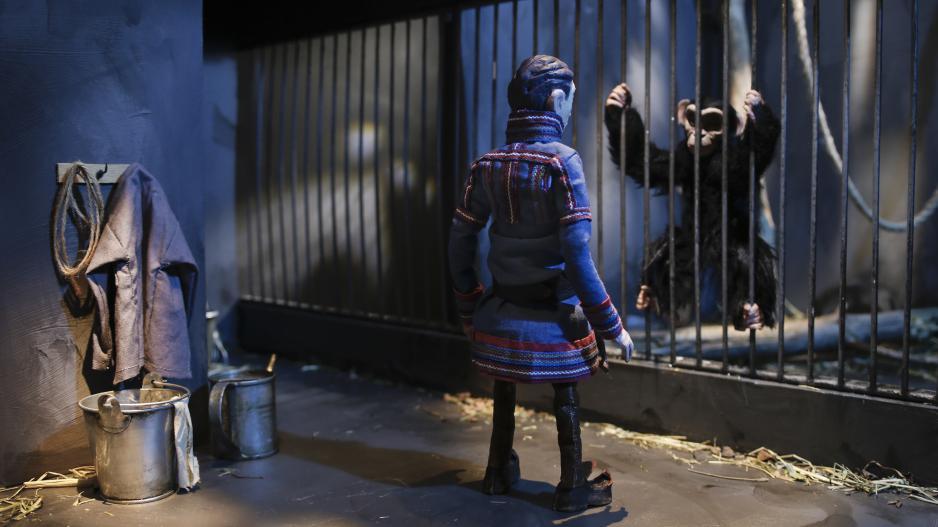
PHOTO GALLERY: Annika Dahlsten and Marrku Laakso's work Campfire in a Zoo – Dolasdallas ealligárddis (2019). The work is part of the chapter 'Frozen stories: Norrbotten beyond exoticism,' which questions the colonial and romanticized perspective that has long characterized depictions of the region. (Photo: Markku Laakso) >
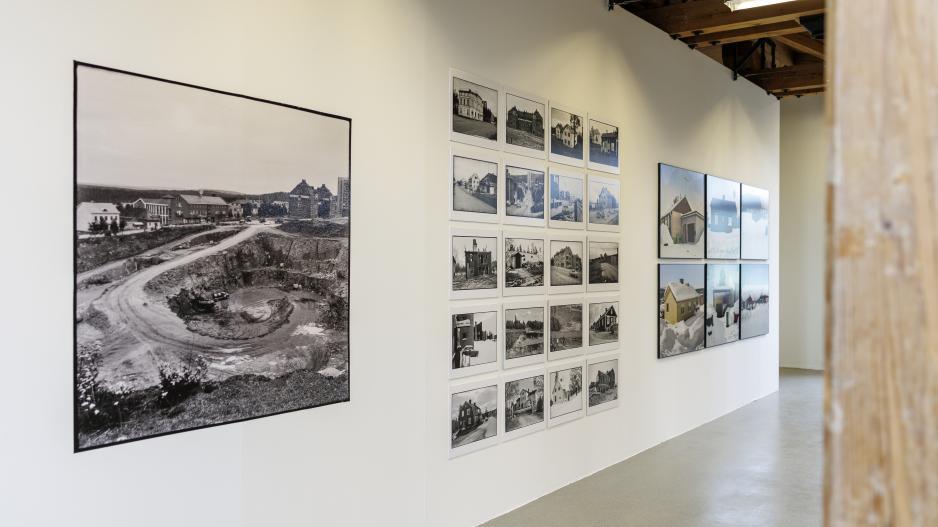
Erik Holmsted's photo series depicts the rise, life journey, and fall of a Northern Swedish mining community in the chapter 'Ground Conditions'. The work to the left is titled Malmberget, Gropen (1969). (Photo: Mats Engfors/Havremagasinet) >
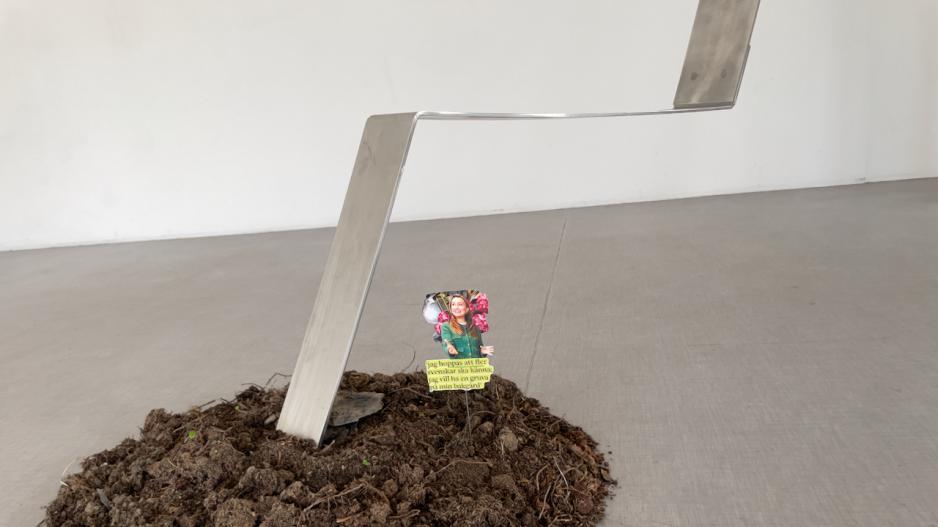
Theres K. Agdler's work, You are Digging into Our Roots (2025). This is part of the chapter 'Back to the Land of the Future,' portraying glimpses of how news industrial projects in Norrland are received by the people living in the region. Here, Sweden's Minister of Energy and Industry Ebba Busch appears with the quote "I hope more Swedes will feel: I want a mine in my backyard." (Press photo) >
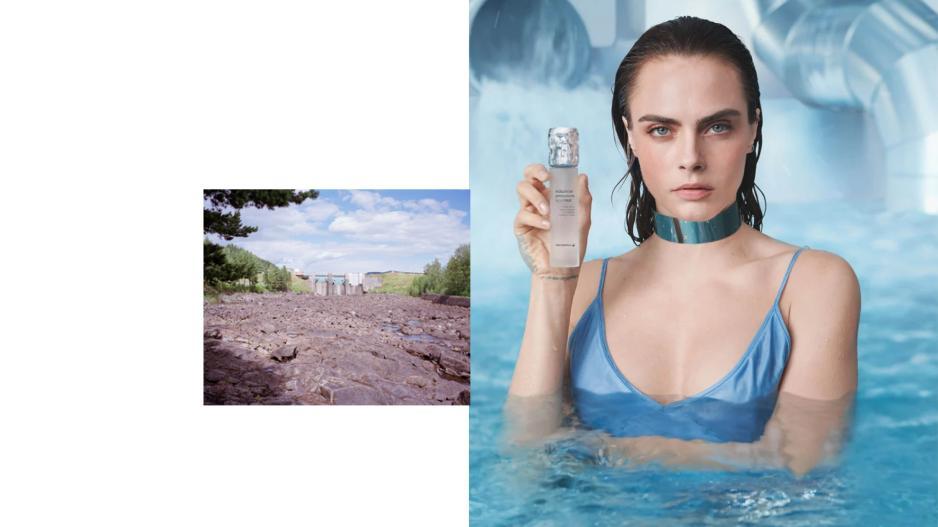
David Larsson and Jens Strandberg's Face Mist (2023), also in the chapter 'Back to the Land of the Future.' The work adresses a face spray made with industrial wastewater from the Hybrit project for fossil-free steel production in northern Sweden. (Press image) >
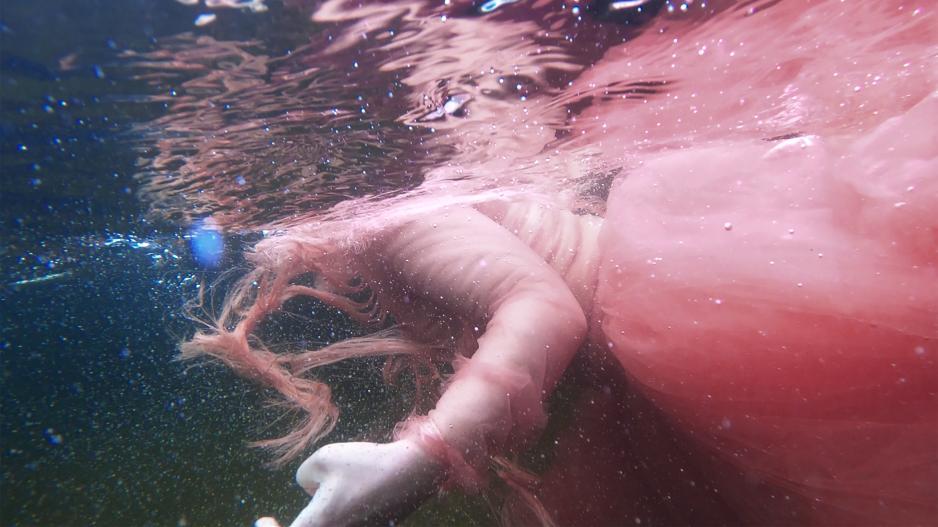
Asking the Salmon to Return is created by Jenni Laiti. It is part of the chapter 'From the Mountain to the Ocean,' which focuses on rivers being prevented from flowing freely and being flooded. (Press photo) >
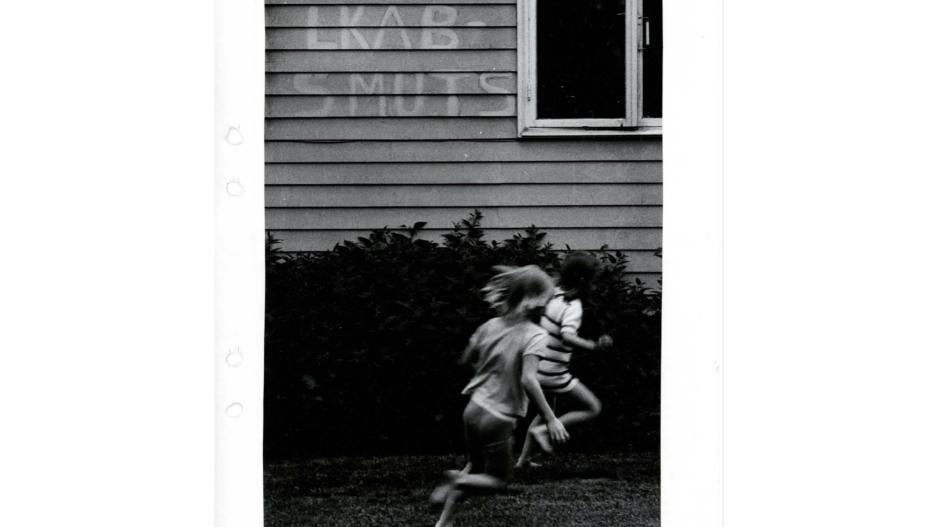
Tommy Tommie's work, Can Sweden Manage Without Norrbotten?, portrays an eventful 1970s, marked by development and dissolution, traditions and innovations, landscapes that transform, disappear, and endure, as well as people in everyday life and at parties. The work is part of the chapter 'Botanic Stories'. (Press image)

